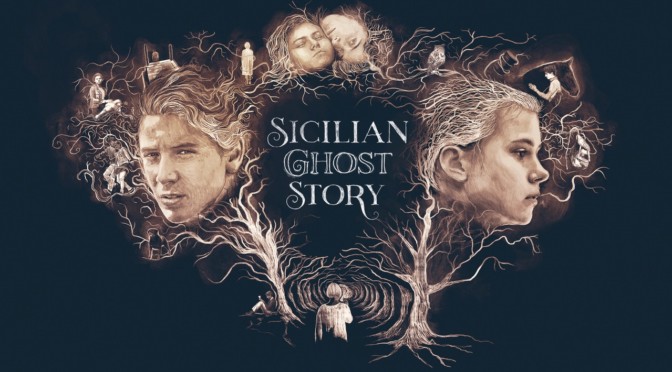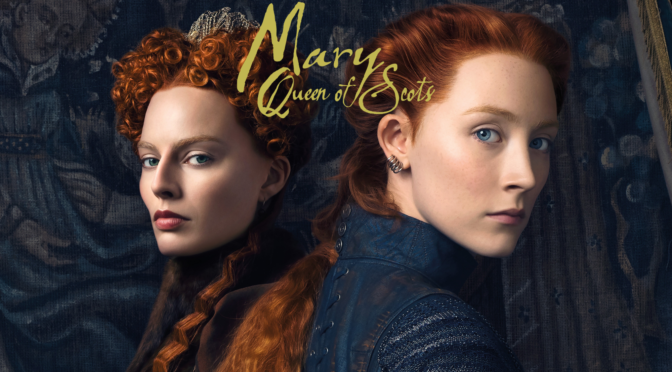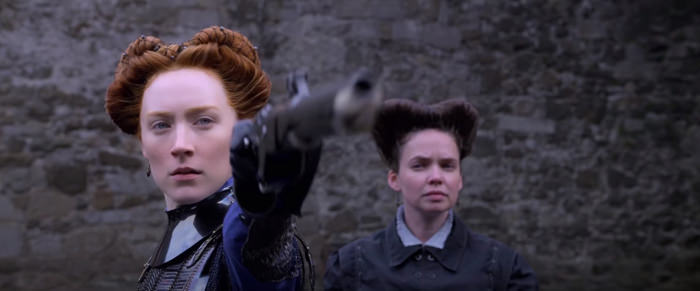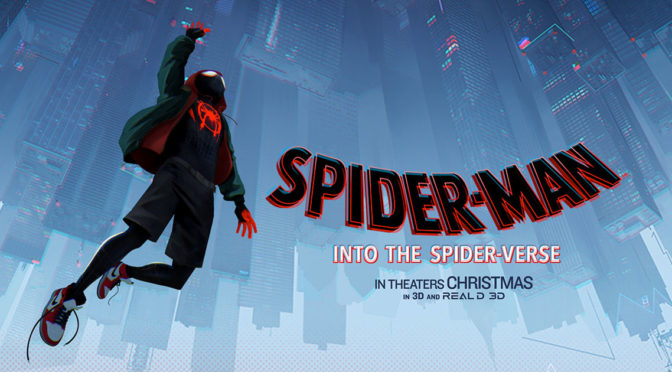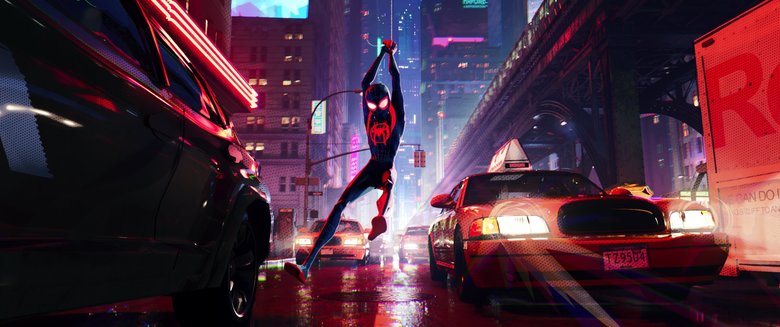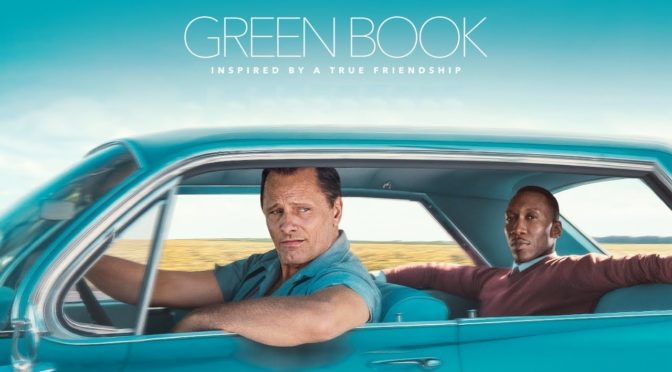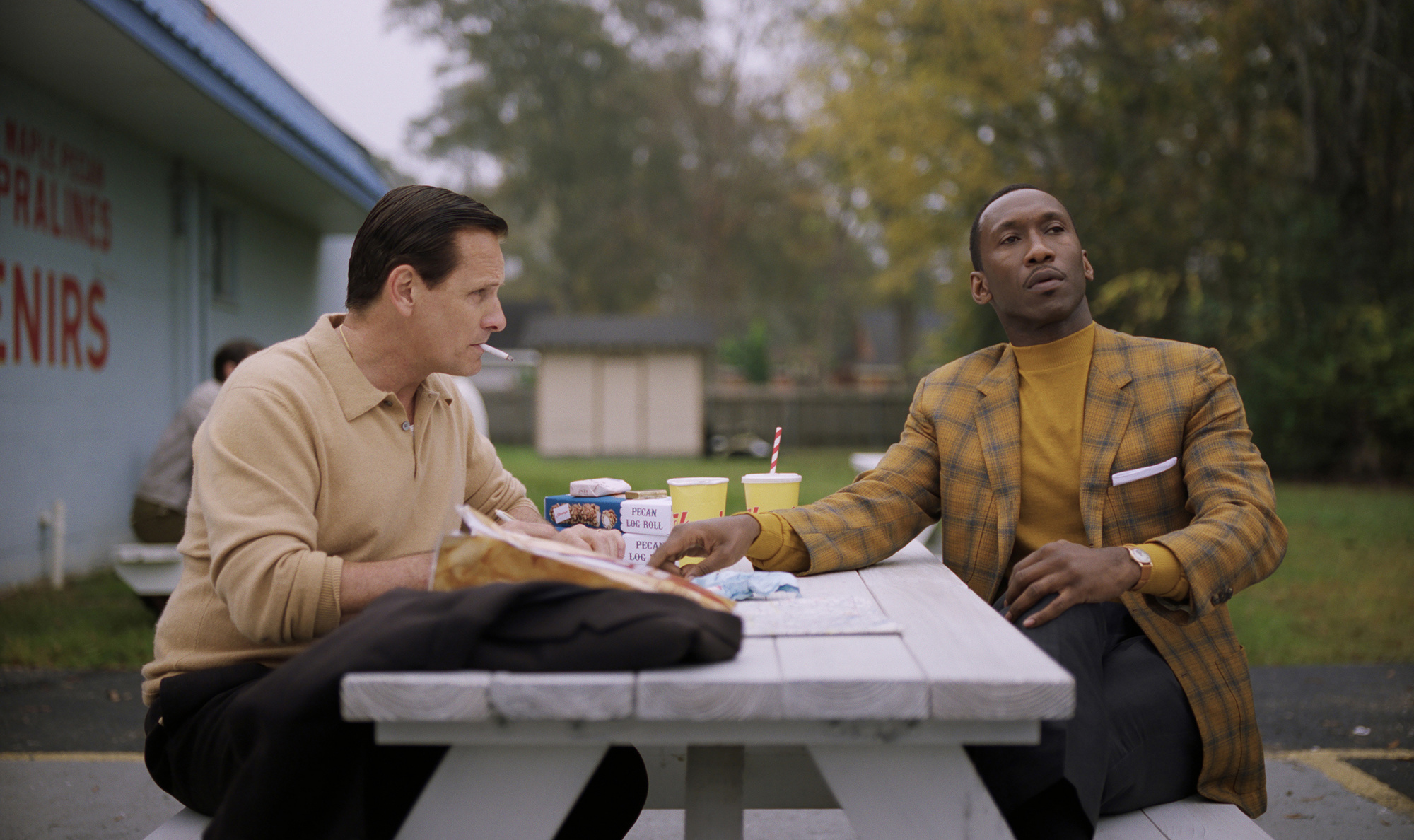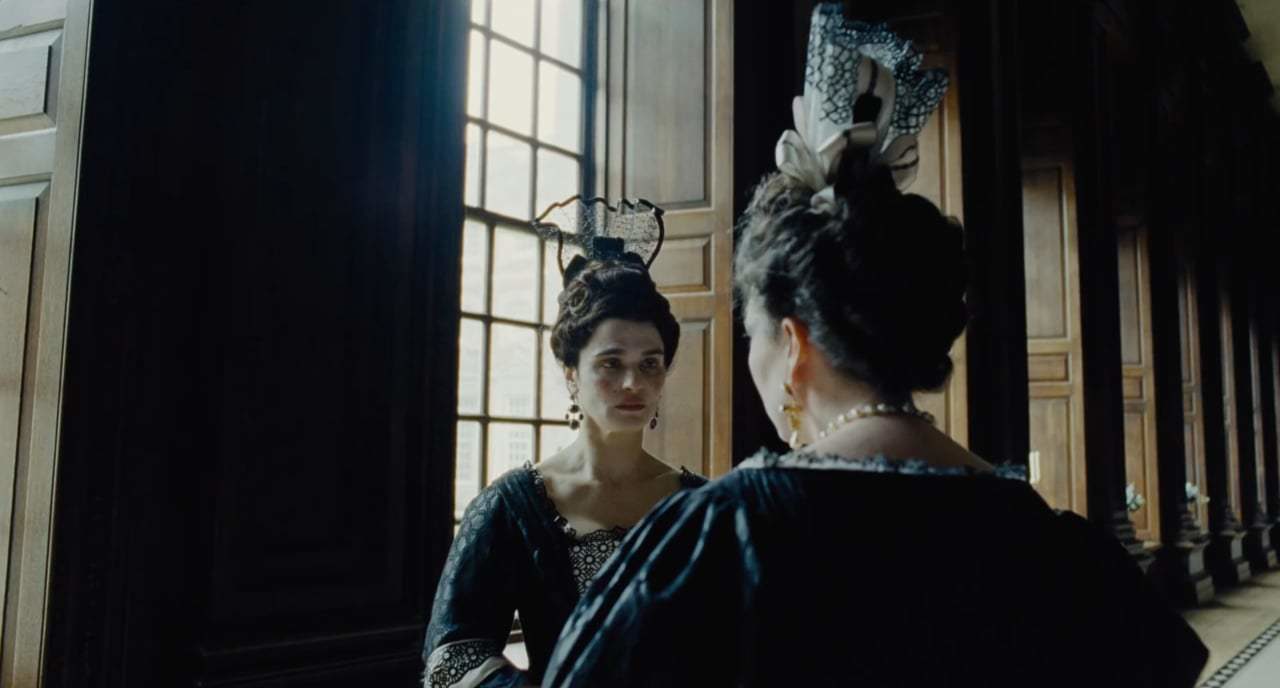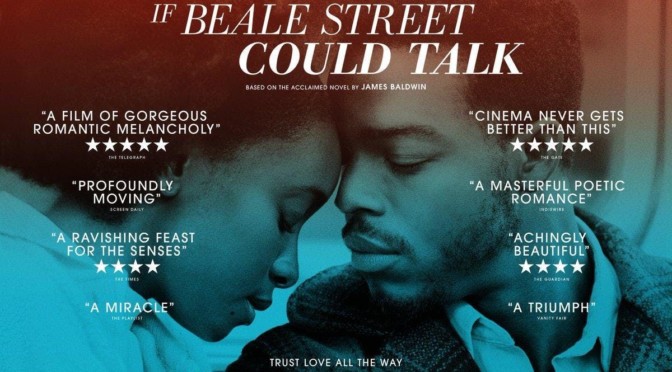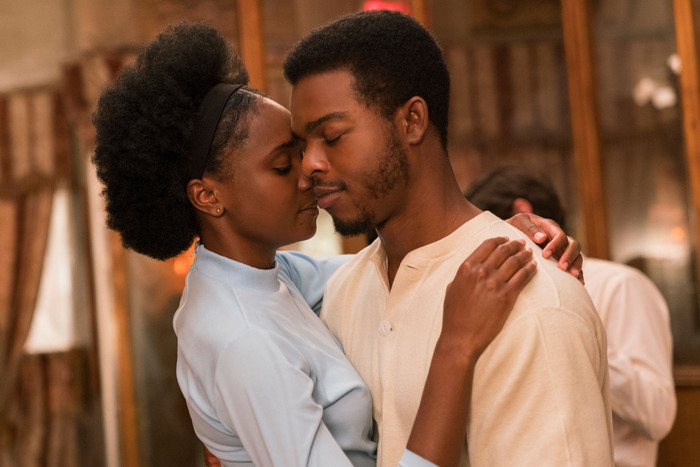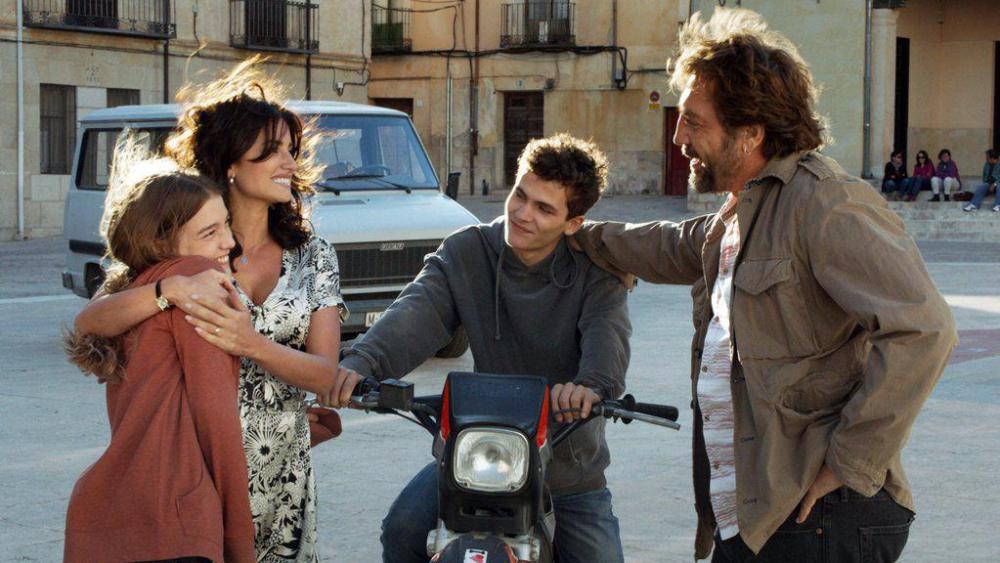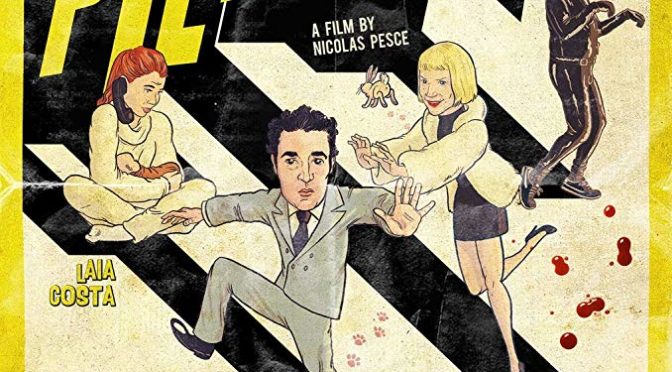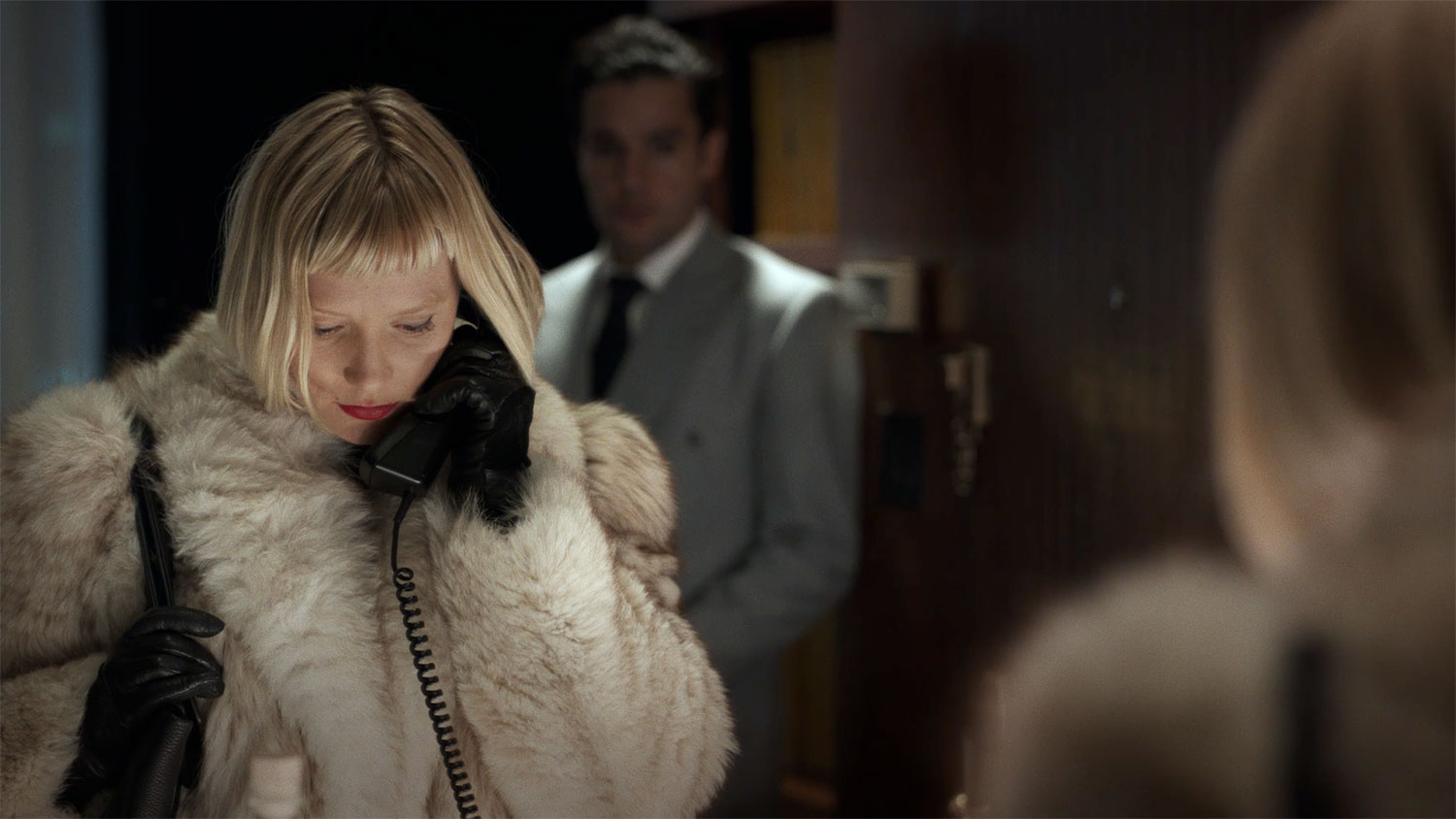In a small Sicilian town, two middle schoolers, Luna (Julia Jedlikowska) and her first boyfriend Giuseppe (Gaetano Fernandez) wander through the woods together as their young love blossoms. One day, to Luna’s dismay, Giuseppe stops showing up to school. Their teachers have no details about where he is and his parents claim that he is simply not well. Unsatisfied with their responses, Luna sneaks into his house only to discover that he isn’t there and that he has been kidnapped as retaliation for his father, a former criminal, acting as a witness against the local mafia. While the adults around her seem unable or even unwilling to help, Luna endeavors to keep Giuseppe’s memory alive and convince others to continue the search for him.
New filmmakers Fabio Grassadonia and Antonio Piazza have created haunting images. They make heavy use of audio design to unnerve the viewer. Everyday sounds like the barking of a dog or debris rattling in the wind are exaggerated to extreme levels to make an unpleasant experience. They also shoot they Sicilian countryside like a fantasy film. Each location, from the towering forests to the mist covered lakes, feels supernatural. Luna’s treks are more like odysseys to dangerous, unknown lands than strolls through the neighboring areas. The settings are shot from a child’s perspective making them seem ominous. The gorgeous landscapes feel like they, similar to the townspeople, are hiding something.

The film is essentially a fairy-tale. Although the story is inspired by the real abduction of a former mafioso’s son, the narrative exists in a dream-like, heightened reality. It recalls Guillermo de Toro’s Pan Labyrinth. Like that film, Sicilian Ghost Story uses a child’s imagination to interpret the horrors surrounding them. In this case it is the overwhelming influence of the mafia. Luna’s demanding mother disapproves of her relationship with Giuseppe because of his father and when he goes missing other adults and children remark that his kidnapping is what he gets for having a snitch as a father, showing complete disregard towards his innocence. The townspeople view his father’s confessions with more disgust than Giuseppe’s kidnapping or any of the other crimes committed by the mafia. In contrast, Luna shows a sweet innocence. She is unconcerned with anything related to Giuseppe’s father and only cares about his well-being. Even when others move on, she remains devoted to finding him and her commitment grows to unhealthy levels as she is faced with the indifference of those around her.
As a result of its ethereal style, the plot is always a mystery. Unlike a standard thriller, there is no foregone conclusion or reveal that the film is moving towards. The lack of clear narrative direction could be seen as a negative, but here it is actually beneficial. There are several surreal aspects to the narrative and the encounters Luna faces which open up numerous possibilities for what is happening in reality and what could potentially happen next. This does however have the unfortunate effect of making the story feel longer when it seems like the film is about to end only for it to stretch on for another 20 minutes. Pacing issues aside, Sicilian Ghost Story presents haunting, dream-like imagery of a child’s devotion in the face of apathy.

4/5 stars.
